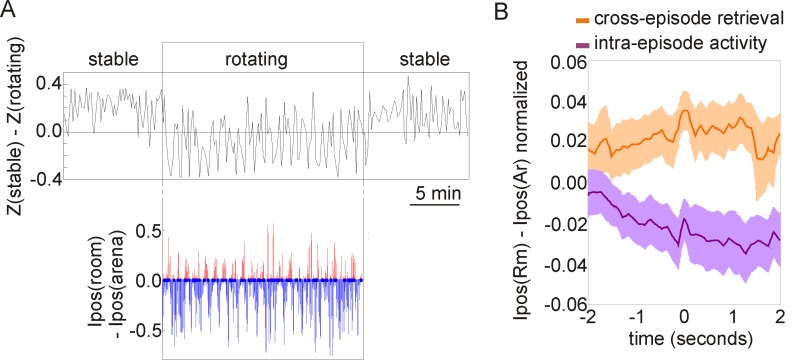Figure 4. The probability of cross-episode retrieval is influenced by ongoing hippocampal ensemble activity.
(A) The temporal dynamics of the code for task variant and code for spatial frame during a single rotating session flanked by stable sessions. (Upper plot) The code for task variant. A time series measuring the similarity (r transformed to z scores) of ongoing ensemble activity to activity during the stable and rotating conditions. Cross-episode retrieval is apparent as deflections during rotation that are similar to the values during the stable condition. (Lower plot) The code for spatial frame. A time series measuring the preference in ongoing ensemble activity for representing information about the current position in the room or arena. Each few seconds, positional information toggles between preferentially representing positions in the room (red) or arena (blue) spatial frame. (B) Averaged normalized spatial frame preference during rotating condition intervals of cross-episode retrieval and intra-episode activity. Time 0 corresponds to the moment when cross-episode activity was detected (orange) and the time when intra-episode activity was detected (purple). The analysis shows that cross-episode retrieval is preferentially associated with information about position in the room, whereas the intra-episode activity during rotation is preferentially associated with information about position on the arena.

